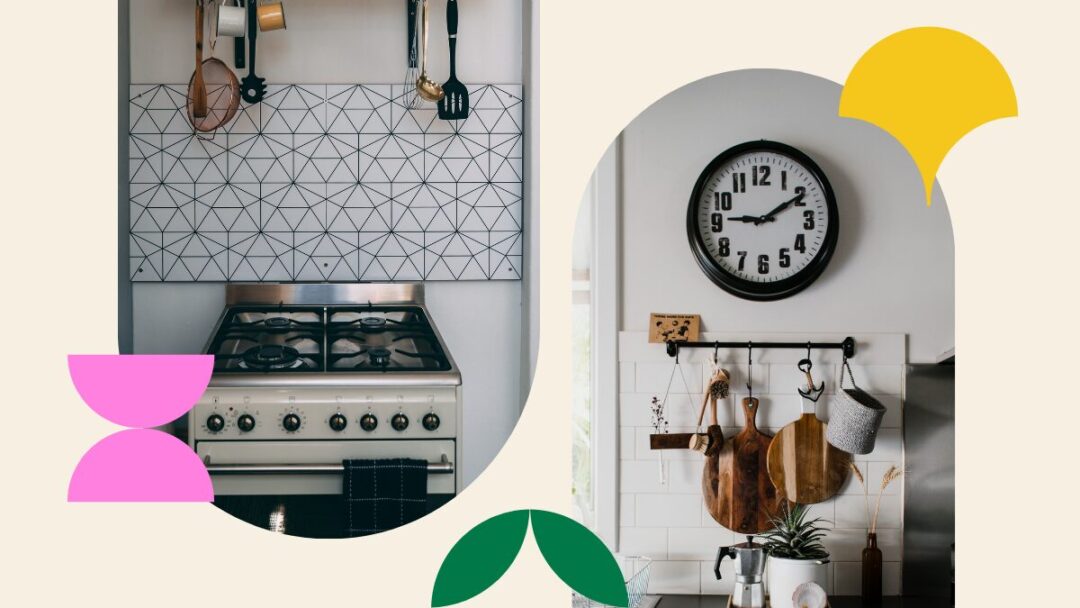Spring is here, and with it comes the perfect opportunity to refresh your home and create an organised, comfortable space. For someone who is balancing a demanding job with his passion for outdoor activities and gaming, finding time for spring cleaning might seem overwhelming. However, a clean and organised environment can improve productivity, focus, and mental clarity—key benefits for anyone in a high-tech, fast-paced role.
Here are 10 essential spring cleaning tips
1. Prioritise Your Cleaning Tasks
With a busy schedule, it’s essential to prioritise what needs the most attention. Start by making a list of rooms or areas that require deep cleaning, such as the living room where you spend time gaming or the home office where you work. Allocate specific times for these tasks over the weekend or during your off-hours to prevent burnout.
Check out our guide on “Time Saving Tips for Busy Professionals” to help balance cleaning with work and leisure.
2. Declutter Your Workspace
A clean and organised workspace can significantly boost focus and efficiency. Start by decluttering your desk—get rid of unnecessary papers, organise your cables, and clean your keyboard and monitor. Invest in cable management tools to keep everything tidy, especially if you have multiple monitors and peripherals.
Pro Tip: Use compressed air to clean out your keyboard and vents on your PC to avoid dust buildup.
3. Deep Clean High-Touch Areas
Spring cleaning is the perfect time to tackle high-touch areas that often get overlooked during routine cleaning. Focus on disinfecting your door handles, light switches, remote controls, and any surfaces in the kitchen and bathroom. This helps prevent the spread of germs and creates a healthier home environment.
Learn more about “Keeping your workspace sanitised and productive” in our health and wellness section.
4. Tackle the Carpets and Floors
Winter may have left your carpets and floors looking worse for wear, especially if you enjoy outdoor activities like hiking and biking, as Michael does. Vacuum all carpets and mop your hard floors. For a deeper clean, consider renting a carpet cleaner or hiring a professional service to remove stains and odours.
5. Organise Your Closet and Wardrobe
Spring is the perfect time to swap out your winter clothes for lighter spring attire. Take the opportunity to declutter your wardrobe by donating items you no longer wear. Keep your closet organised by grouping similar items together and investing in storage solutions for smaller accessories like belts and ties.
Need help organising? Read “8 Home Organising Tips For A Tidy Household”
6. Clean Your Kitchen Appliances
A clean kitchen is essential for maintaining a healthy diet, especially when you’re working long hours and relying on home-cooked meals. Deep clean your oven, microwave, and refrigerator. Throw out expired food and organise your pantry to make meal prep more efficient.
7. Refresh Your Bedroom for Better Sleep
Ensure your bedroom promotes relaxation by deep cleaning your bedding, washing your pillows, and dusting your furniture. Use this time to reorganise your nightstand and remove any unnecessary items that could disrupt your sleep.
8. Give Your Bathroom a Spa-Like Feel
The bathroom is another area that often gets overlooked during routine cleaning. For a busy professional, transforming your bathroom into a spa-like retreat can make a world of difference in terms of relaxation. Scrub the tiles, clean your shower-head, and organise your toiletries to create a serene environment.
Pro Tip: Adding some indoor plants can purify the air and bring a touch of nature indoors, which helps boost mood and focus.
9. Clean Your Windows and Let in Natural Light
Natural light can do wonders for your mood and productivity, so make sure to clean your windows and let in the sunshine. Wipe down the window sills, remove any cobwebs, and wash the glass both inside and out. This simple task can brighten up your entire home.
10. Set Up a Regular Cleaning Routine
Finally, once your spring cleaning is complete, maintain your home by setting up a regular cleaning schedule. By dedicating a little time each week to tidying up, you can avoid the stress of a big cleanup and keep your space organised year-round.
For tips on maintaining your home, check out our article “Evening Cleaning Routines to Boost Morning Productivity”
Conclusion
Spring cleaning isn’t just about tidying up your home—it’s about creating a space that supports your mental and physical well-being. A clutter-free environment can enhance productivity and help you recharge after long workdays. Whether it’s organising your workspace or deep cleaning the entire home, spring cleaning can help you reset and prepare for the busy months ahead.

ALSO SEE: HOW TO TRANSITION YOUR HOME FROM WINTER TO SPRING









